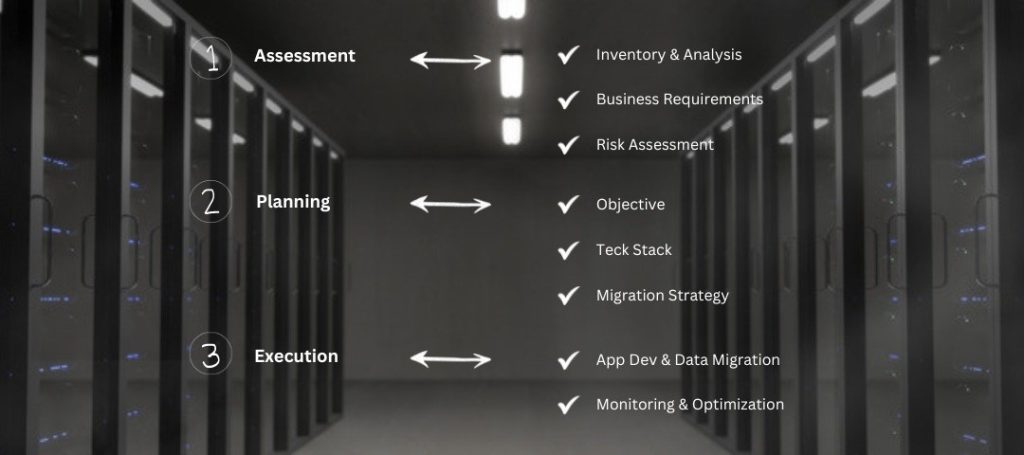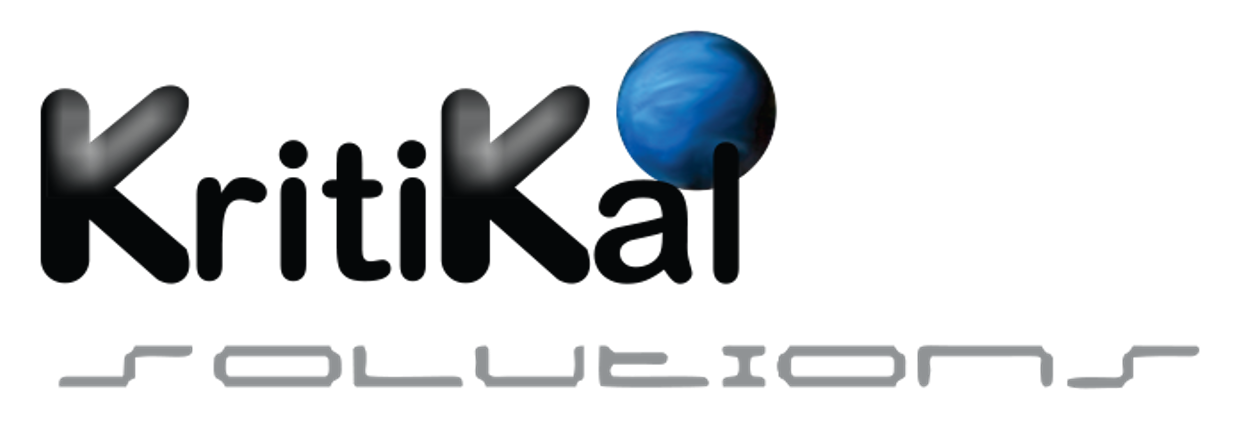What is Legacy App Modernization?
Legacy applications are systems that have remained in use by businesses for very long durations of time or extended periods, which in context of the evolving information technology era can pose many issues. Some of these can be outdated technology, security-related vulnerabilities, higher maintenance costs, restricted scalability and more. One example can be Florida’s industrial control systems at Oldsmar water treatment plant that was hit with cyberattack in 2021 due to its outdated infrastructure. The incident risked the lives of thousands of citizens as the intrusion was intended to increase sodium hydroxide levels from 100 ppm to 11,000 ppm but was prevented manually in time.
App modernization tackles such threats through the process of transforming inefficient legacy apps into more adaptable systems which improve customer experience and enhance business processes. Application modernization service market was valued at USD $15.2 billion in 2022 and is expected to reach a value of USD $32.8 billion in 2027 increasing at a CAGR of 16.7%.

Global application modernization solutions market value from 2020 to 2032
Legacy Application Modernization Strategies
A common notion around app modernization involves transforming from monoliths or SOA to Microservices, adopting cloud, given the benefits of cloud ERP, and enhancing ways of working towards DevOps and SRE in a holistic fashion. Let’s discuss more about this strategy in the below section.
Assessments
Businesses can transform the method of building and delivering applications such as those for logistics inventory management by considering a microservice architecture over Cloud-based infrastructure via DevOps mode of delivery. The modern techniques of transformation are aligned with each other, for example, when such an architecture is deployed over newly bought physical servers, time-to-market benefits decrease unlike developing costs. Also, resilience in delivery offered by agile methodologies is comparatively lower than DevOps. The microservice architecture efficiently relies on DevOps for legacy app modernization that is apps to be built with speed and resilience over a cloud-based programmable infrastructure that offers custom application development services and hosting to be added to a container and scaled dynamically. Such a strategy allows the development process to be agile and adapt in planning, responsiveness to the business and support easy application monitoring that provides real-time updates in case one of the services begins to fail.
Some pre-modernization assessment techniques such as static and dynamic code analysis are used, where the former examines legacy code without execution, identifies vulnerabilities, dead code, inefficient algorithms, and the latter observes code behavior during runtime to highlight runtime errors and performance bottlenecks. Other assessment techniques include system behavior profiling under various conditions to optimize the same, understand resource utilization patterns, optimize and identify performance hotspots as well as dependency mapping between different system components to visualize interconnections and develop precise modernization strategy. It is also crucial to evaluate accumulated technical debt to gain insights on areas to prioritize, analyze data structures, databases to guide decisions on data migration and identifying complexities that hinder data access processing.
Transformations
Architecture: In earlier times, applications were mostly monolithic, running on physical servers. With the increase in secure technologies, most of the organizations began to prefer distributed architecture, or a Service-Oriented Architecture (SOA) which featured more web app development services, Extensible Markup Language (XML) based communication channels, backend and frontend databases etc. A sub-path of SOA which has evolved into majorly independent Microservices, involves focused services that invert more towards lighter Representational State Transfer (REST) based communication and take advantage of dynamic infrastructures. Applications can undergo re-architecting or architectural re-designing or re-writing procedure to meet modern compliances in a phase-wise manner for optimization and scalability, like for Zapier, N26 etc.
Infrastructure: At this level, virtual machines became the buzzwords signifying the shift from physical servers which needed to be bought every time a new service was intended to be launched into the market by the business. The services were virtualized and accessible on a large scale at lower costs through virtual machines. By the early 2000s, public, private, hybrid cloud application modernization and related services became popular.
For performance improvement and speed, legacy application modernization requires apps to undergo re-platforming or lift, tinker and shift procedure where the code is made to be compatible with a new platform featuring cloud-native capabilities, like Netflix and Captial One. If a quick transition to a new environment is needed, legacy apps can undergo lift and shift, or can be re-hosted on modern infrastructure without altering their fundamental design, functionality of code structure or arrangement of source code, for example, Microsoft Azure File Services. The application’s efficiency can also be enhanced by re-factoring or restructuring existing code for the ease of maintainability over cloud.

Some of the technologies for implementing application modernization solutions
Delivery Mode: Early applications utilized waterfall style of delivery which involved longer isolated project phases for planning, development, user testing flowing into each other and spreading across a year or two. This saw an upgrade with agile development on the rise which focused on iterative development cycles in which multiple phases run in parallel. With cloud infrastructure gaining traction, a methodology combining software development and IT operations (DevOps) was being utilized for development of higher-quality applications and services like Site Reliability Engineering (SRE).
Advantages of Legacy Application Modernization
Digitally transforming applications can revitalize them to meet contemporary standards, remain competitive and offer other benefits such as the following:
- Low Maintenance Costs: With application modernization, businesses need not buy new physical servers for rendering development of their new services. It also reduces ongoing software application maintenance time and costs that keep inflating with time as finding resources that code in outdated programming languages like Pascal, COBOL, Fortran, post-knowledge loss is challenging.
- Efficient Performance: Users of legacy systems are often subjected to slow response times and inefficiencies that lower the app’s productivity, which can be avoided by modernizing its infrastructure to stay competitive in the market via streamlined procedures, lesser manual workaround and downtime reduction. It also allows resource optimization of servers, storage, processing power through cloud migration services, virtualization and containerization.
- Security Updates: Legacy application modernization renews vulnerable outdated security measures through encryption and reduces their susceptibility to cybersecurity threats. This process secures sensitive data, removes dependency of apps on outdated technology, tools, programming languages, frameworks like JQuery, Silverlight, hardware and makes the system compatible with modern standards, compliances and practices.
- Dynamic Scalability: Flexible and agile digital transformation of apps via cloud application modernization can accommodate growing market demands and workloads that pose system scaling as costly and resource intensive. The user interface is revamped against fragmented user experience and error-prone integration with modern systems, APIs and technologies becomes easier.
- Enhanced Adaptability: Apps that are built on legacy code are not suited for modern organizations as they may be insufficiently annotated and unable to adapt to evolving business needs. Knowledge transfer provided by a resigning employee may not be enough for successors to understand poorly written codes which pose difficulty in changing the same, all of which can be mitigated by using application modernization solutions.
KritiKal offers application modernization services, legacy app migration and containerization that is packaging apps and their dependencies in containers for deployment across multiple types of environments like Google searches etc. It provides microservices for independent building, deployment and scaling of applications, automatic on-demand serverless computing in backend, like AWS Lambda, Amazon Event Bride etc., as well as API-driven Android application development for flexible integration with third party systems and ecosystem building, like for ecommerce app development and transactions, social media bots. It can provide automation solutions through continuous integration and continuous delivery (CI/CD) pipelines to accelerate designing, development and deployment phases and more. Please mail us at sales@kritikalsolutions.com to know more about our services

Process of cloud application modernization
Conclusion
We now go back to the Florida water plant cyberattack incident to consider certain mitigation steps. The sole reliance on isolation and air gap for security were stroked off from the basic safety guidelines in contemporary times, since attackers can even hack essential systems like electric power grid and lowly protected municipal facilities. The initial application modernization steps taken by authorities were securely configuring remote engineering access to Industrial Control Systems (ICS). The application’s human machine interface was updated to remove acutely high levels of sodium hydroxide unfit for human beings and the critical infrastructure was made standardized in par with current security measures and frameworks to prevent future incidents.
The architecture of the application was rebuilt in such a way that modifying the settings for optimum concentration of chemicals was allowed only through higher management and was not available on the HMI at the blue-collar level, though it was made available manually with valve lockouts, only at times of software upgrade, maintenance and emergencies. All employees were retrained on cybersecurity measures up to basic levels such as better password security practices and restricted sharing of account credentials. The secure infrastructure was hyped with additional intrusion detection systems, audits and contextual alerts to newly hired attack mitigation experts.
It is necessary to consider the right application modernization service, implementation of NERC CIP certified tools and cybersecurity measures such as indirect monitoring through operational technology (OT) security hardware and software (SCADA) that detect changes in controlled amounts of physical devices like ICS. Given the fact that 90% of organizations have experienced exploiting cyberattacks in the previous decade, operational technology is frequently converging with secure networked connections. This is basically to push the surge of Industry 4.0, to enhance security, scalability, access to real-time information, timely production schedules, avoid unplanned downtime and unsecure routes to industrial network and breaches causing kinetic consequences. Complete, detailed scans, multi-factor authorization and frequent software inventory report for detecting devices with alternate remote access paths and software in OT systems are a must.

Jitendra Singh currently works as a Senior Software Engineer at KritiKal Solutions. He is proficiently skilled in handling various platforms, working with different types of software and programming languages such as React JS, crafting visually appealing user-centric interfaces and web app optimization. He has consistently delivered high-quality projects and helped KritiKal in catering to some major clients.



 Global
Global  United States
United States 
